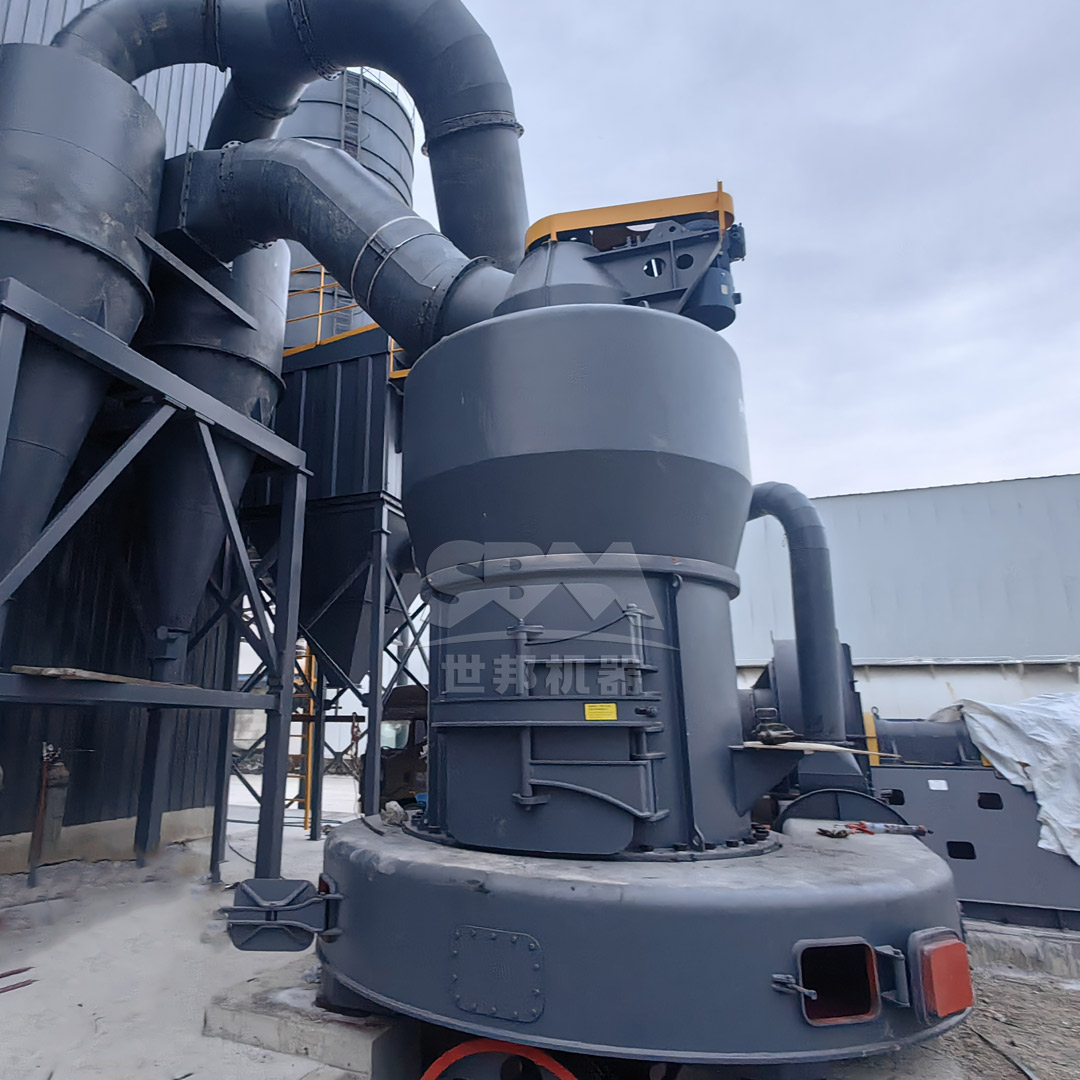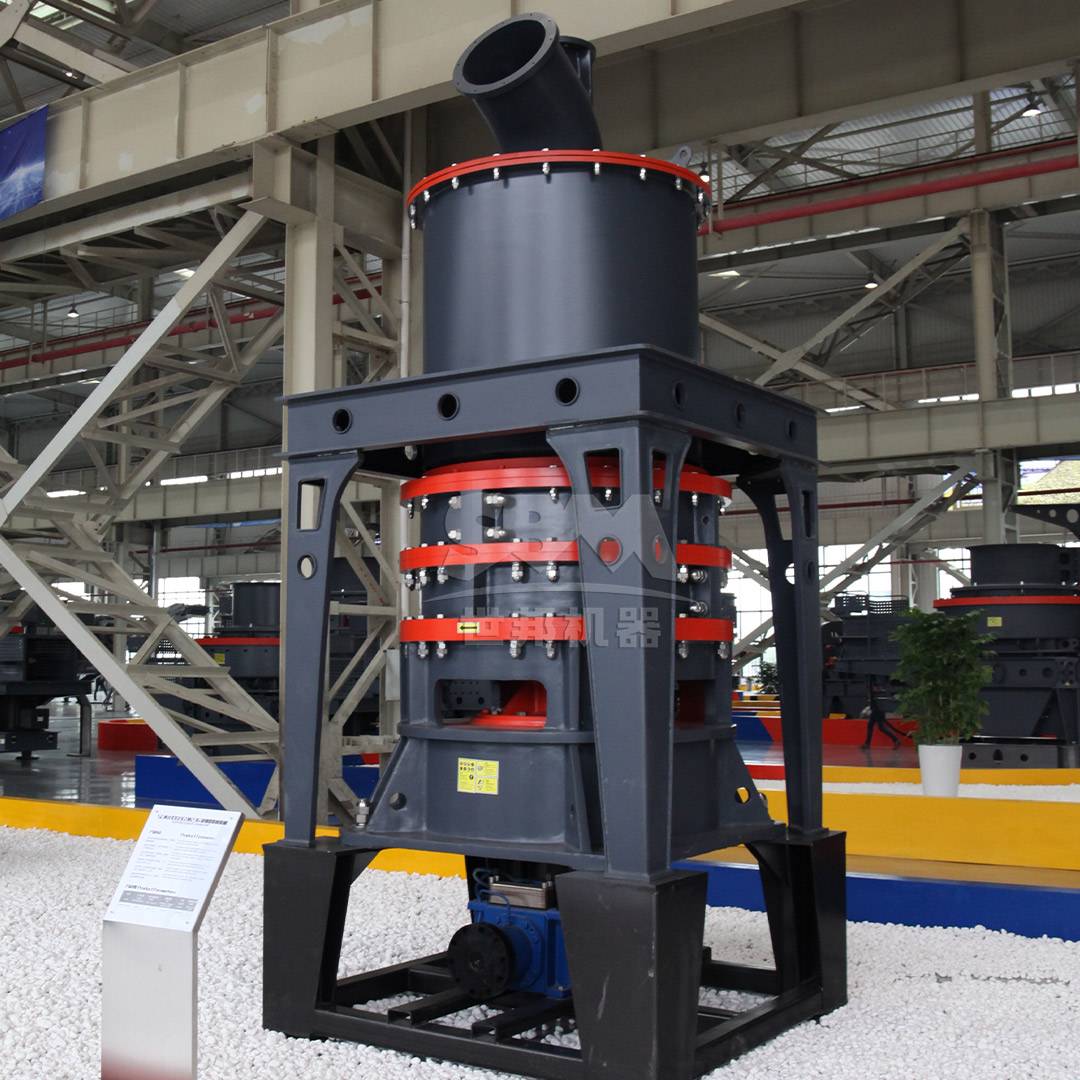Gypsum grinding is a critical process in various industries, particularly in construction materials manufacturing where gypsum powder serves as the primary component for plaster, drywall, and cement production. The efficiency and quality of gypsum grinding are significantly influenced by environmental factors, with humidity being one of the most challenging variables to control. This comprehensive analysis explores the multifaceted impact of humidity on gypsum grinding processes and presents advanced technological solutions to mitigate these effects.

Gypsum (CaSO₄·2H₂O) possesses a crystalline structure that naturally contains water molecules within its lattice. This inherent hydration makes gypsum particularly susceptible to additional moisture absorption from the environment. When atmospheric humidity increases, water molecules adhere to the gypsum surface through physical adsorption and, in extreme conditions, can lead to chemical bonding that alters the material’s physical properties.
The relationship between gypsum grindability and moisture content follows a non-linear pattern. Research indicates that gypsum with moisture content below 1.5% generally maintains optimal grinding characteristics. Between 1.5-3% moisture content, grinding efficiency decreases by approximately 15-30%, while moisture levels exceeding 3% can lead to complete grinding system failure due to material agglomeration and equipment clogging.
| Moisture Content (%) | Grinding Efficiency (%) | Power Consumption Increase (%) | Product Quality Impact |
|---|---|---|---|
| <1.5 | 95-100 | 0-5 | Optimal |
| 1.5-3.0 | 70-85 | 15-30 | Moderate agglomeration |
| 3.0-5.0 | 40-60 | 40-60 | Significant quality degradation |
| >5.0 | <30 | >80 | Unacceptable for most applications |
High humidity environments promote the formation of water bridges between fine gypsum particles through capillary forces. These liquid bridges create strong cohesive forces that cause fine particles to agglomerate, effectively increasing the apparent particle size and reducing the specific surface area achieved through grinding. Additionally, moisture film formation on grinding media and mill liners creates a cushioning effect that diminishes impact and shear forces during comminution.
The flow properties of gypsum transform dramatically with increasing humidity. Dry gypsum powder exhibits excellent flow characteristics, while moist gypsum develops cohesive properties that lead to:

The grinding process generates significant heat through mechanical energy conversion, which normally helps maintain low humidity conditions within the mill. However, in high ambient humidity environments, this heat generation can create localized condensation when moist air contacts cooler mill surfaces, exacerbating moisture-related problems through a cyclical deterioration process.
Modern grinding equipment addresses humidity challenges through integrated thermal systems that precondition gypsum before and during grinding. The MTW Series Trapezium Mill exemplifies this approach with its optimized弧形风道 (arc-shaped air path) design that reduces energy consumption while maintaining efficient material drying. This mill series handles input materials up to 50mm and produces powder in the 30-325 mesh range (0.038mm) with capacities reaching 45 tons per hour. Its锥齿轮整体传动 (integral bevel gear transmission) achieves 98% transmission efficiency, significantly reducing power consumption compared to conventional mills operating under high humidity conditions.
Advanced grinding mills now incorporate real-time moisture monitoring and adaptive control systems that automatically adjust operational parameters based on ambient conditions. These systems typically include:
The development of specialized wear-resistant materials with low surface energy and anti-adhesion properties has significantly improved grinding performance in humid conditions. These advanced materials reduce gypsum buildup on critical components, maintaining grinding efficiency even when processing moderately humid raw materials.
For operations requiring ultra-fine gypsum powders (325-2500 mesh), humidity control becomes even more critical due to the increased surface area and corresponding hygroscopicity. The SCM Ultrafine Mill series addresses these challenges through multiple technological innovations. With its vertical turbine classification system achieving precise particle size cuts down to 5μm (D97), this mill maintains consistent product quality even when ambient humidity fluctuates. The mill’s intelligent control system provides automatic feedback on product fineness, allowing real-time adjustments to compensate for moisture-related grinding efficiency variations.
The SCM series demonstrates particular effectiveness in high-humidity applications through its patented grinding chamber design that minimizes dead zones where moist material could accumulate. Models ranging from the SCM800 (0.5-4.5 ton/h capacity) to the SCM1680 (5.0-25 ton/h capacity) maintain energy efficiency with 30% lower energy consumption compared to jet mills, despite the additional energy requirements for moisture management. The pulse dust collection system exceeds international standards with 99.9% collection efficiency, preventing moisture-laden fine particles from escaping into the plant environment.
| Mill Model | Capacity (ton/h) | Power (kW) | Optimal Humidity Range | Energy Increase at 70% RH |
|---|---|---|---|---|
| SCM800 | 0.5-4.5 | 75 | <50% RH | 12-15% |
| SCM1000 | 1.0-8.5 | 132 | <50% RH | 10-13% |
| SCM1250 | 2.5-14 | 185 | <55% RH | 8-12% |
| SCM1680 | 5.0-25 | 315 | <55% RH | 7-10% |

Effective humidity management begins before grinding with proper raw material handling:
When operating in high humidity conditions, several parameter adjustments can maintain grinding efficiency:
Humidity accelerates wear and corrosion in grinding systems, necessitating specialized maintenance protocols:
The financial impact of uncontrolled humidity in gypsum grinding extends beyond reduced throughput. Our analysis of multiple operations reveals that humidity-related issues typically account for:
Implementing appropriate humidity control technologies typically yields return on investment within 12-18 months through reduced energy consumption, lower maintenance costs, and improved product quality.
The evolving demands of gypsum processing in various climatic conditions are driving innovation in several key areas:
Research into nano-coated grinding surfaces with hydrophobic properties shows promise for significantly reducing material adhesion in high humidity conditions. These coatings can reduce power consumption by up to 18% when processing gypsum with elevated moisture content.
Machine learning algorithms that predict humidity impacts based on weather patterns and adjust mill parameters proactively are under development. These systems aim to maintain optimal grinding conditions despite fluctuating environmental factors.
Compact, integrated dehumidification modules specifically designed for grinding applications are emerging as effective solutions for operations in tropical climates where ambient humidity consistently exceeds 70% RH.
Humidity remains a significant challenge in gypsum grinding operations, impacting efficiency, product quality, and operational costs. Through understanding the mechanisms of humidity effects and implementing advanced grinding technologies like the SCM Ultrafine Mill and MTW Series Trapezium Mill, operators can effectively mitigate these challenges. The continuing evolution of grinding technology promises even more effective solutions for maintaining grinding performance across diverse environmental conditions, ensuring consistent product quality while optimizing operational economics.